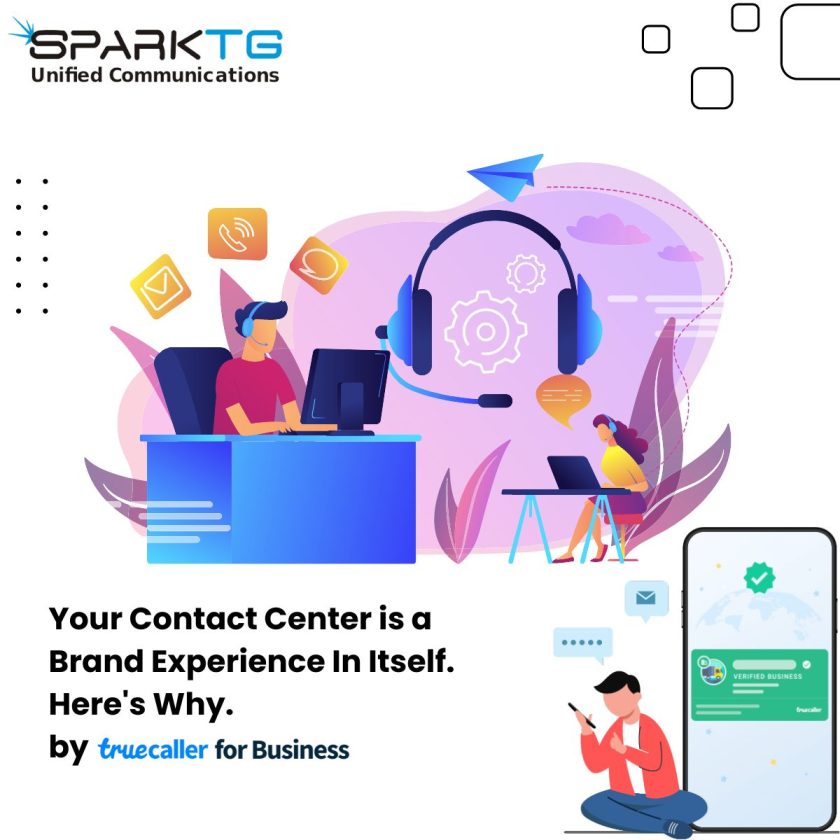Contact centers have been an integral part of customer service for decades, but with advancements in technology, their capabilities are rapidly evolving. One of the most significant trends shaping the future of contact centers is the integration of predictive analytics and speech recognition. These innovative tools are revolutionizing the way contact centers operate, improving customer experience, and enhancing operational efficiency.

Contact centers
Voice Recognition API and Its Impact
Machine learning and artificial intelligence have contributed greatly to the advancement of voice recognition technology in recent years. With the emergence of powerful voice recognition application programming interfaces (APIs), contact centers now have access to highly accurate and reliable speech recognition capabilities. This allows them to automate various tasks that were previously performed manually, significantly reducing agent workload and response time.
By integrating voice recognition APIs into their systems, contact centers can offer customers self-service options through voice-enabled interactive voice response (IVR) systems. These systems can understand and process natural language, enabling customers to interact with the contact center conversationally. This streamlined approach not only enhances customer satisfaction but also reduces the need for agent intervention, freeing them up to handle more complex queries.
Additionally, voice recognition APIs can be utilized for sentiment analysis during customer interactions. By analyzing the tone, pitch, and inflections in a customer’s voice, contact centers can gauge their emotional state and provide tailored responses accordingly. This enables agents to empathize better with customers and offer personalized solutions, leading to higher customer loyalty and retention.
If you want to know more, about call masking then Click Here.
Speech Recognition in Contact Centers
Speech recognition technology is another game-changer in the contact center industry. Unlike voice recognition, which focuses on understanding spoken words, speech recognition goes a step further by transcribing and analyzing entire conversations. This technology is particularly beneficial for contact centers as it enables real-time monitoring and analysis of customer-agent interactions.
With speech recognition tools, contact center supervisors can monitor live calls or analyze recorded conversations to gain valuable insights. They can identify patterns, trends, and potential areas for improvement in agent performance. By analyzing call data, supervisors can determine the effectiveness of agent scripts, identify training needs, and optimize processes to ensure consistent and high-quality customer service.
Speech analytics, powered by speech recognition, allows contact centers to identify specific keywords or phrases during customer interactions. By tracking keywords such as “cancel,” “refund,” or “complaint,” contact centers can proactively address customer issues, route calls to specialized agents, or trigger specific workflows for a swift resolution. A seamless customer experience can be achieved by improving operational efficiency.
If you want to know more, then visit SparkTG.
Predictive Analytics in Contact Centers
Predictive analytics leverages historical and real-time data to forecast future outcomes and make data-driven decisions. When applied to contact centers, predictive analytics can unlock numerous benefits, including improved customer satisfaction, enhanced agent productivity, and optimized resource allocation.
By analyzing large amounts of data such as customer profiles, past interactions and purchase history, predictive analytics can predict customer needs and preferences. This empowers contact centers to provide proactive and personalized recommendations, resulting in a more tailored customer experience. Predictive analytics can also identify patterns in customer behavior, enabling contact centers to predict and prevent potential problems, ultimately reducing customer churn.
Furthermore, predictive analytics can optimize agent scheduling and resource allocation. By considering historical call volumes, peak hours, and agent availability, contact centers can ensure adequate staffing levels to meet customer demand while minimizing wait times. This proactive approach improves service levels and reduces customer frustration.
In conclusion
The future of contact centers lies in the integration of predictive analytics and speech recognition. Voice recognition APIs and speech recognition technology are transforming the way contact centers operate by providing valuable insights for automating processes, enhancing customer experience, and continuous improvement. Predictive analytics empower contact centers to anticipate customer needs, optimize resource allocation, and personalize interactions. By embracing these innovative technologies, contact centers can provide exceptional customer service, increase efficiency and stay ahead in today’s highly competitive business landscape. As these technologies continue to evolve, we can expect more advancements that will revolutionize the contact center industry and reshape the way we engage with customers.





